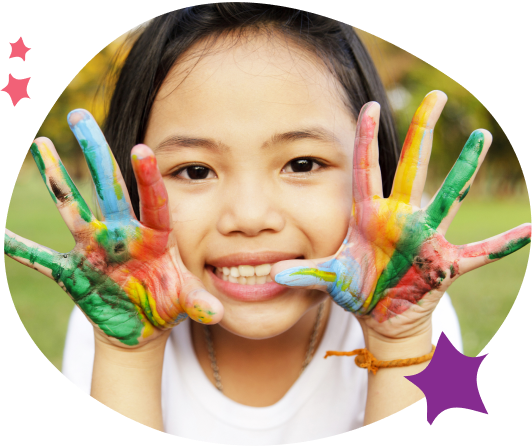Understanding the risks
While there are many benefits to the use of technology in our lives and for children and young people, the way that online services are designed can create risks for all of us, particularly for children.
One of the areas that we’re particularly concerned about right now is something called ‘Relevant electronic services’ (RES), a wide category of services that allow people to communicate online (including email, SMS, MMS, chat, instant messaging, various online games and dating services).
Through these services, when misused, children can experience risks like meeting strangers or seeing harmful content.
It's time to make sure the internet is a safer place for them to explore.
What is being done to keep children safe?
The eSafety Commissioner is doing some incredible work crafting an industry safety standard for RES, focused on the most severally illegal material, including child sexual exploitation material. Still, extra support is needed to ensure these rules are strong enough to deliver the kind of protection we know is necessary.
Why online safety is important
Online child sexual exploitation poses a growing threat to children, their families and communities. In 2022-23, 40,232 reports of online child sexual exploitation were made to the Australian Centre to Counter Child Exploitation. Worldwide, reports of abuse have increased by 87% since 2019.
The impacts are severe, with each new viewing and sharing of the images a fresh violation, perpetuating the suffering of real children and emboldening offenders.
Furthermore, The Mind the Gap report released by the eSafety Commissioner in 2022 highlighted that exposure to potentially negative content and sexual content online is prevalent among young people aged 14–17, and almost two-thirds (62%) of young people aged 14–17 said they have been exposed to potentially negative user-generated content online.
Seven in ten young people aged 14–17 (71%) have seen sexual images on the internet, while just under half (47%) have received a sexual message from someone online.












